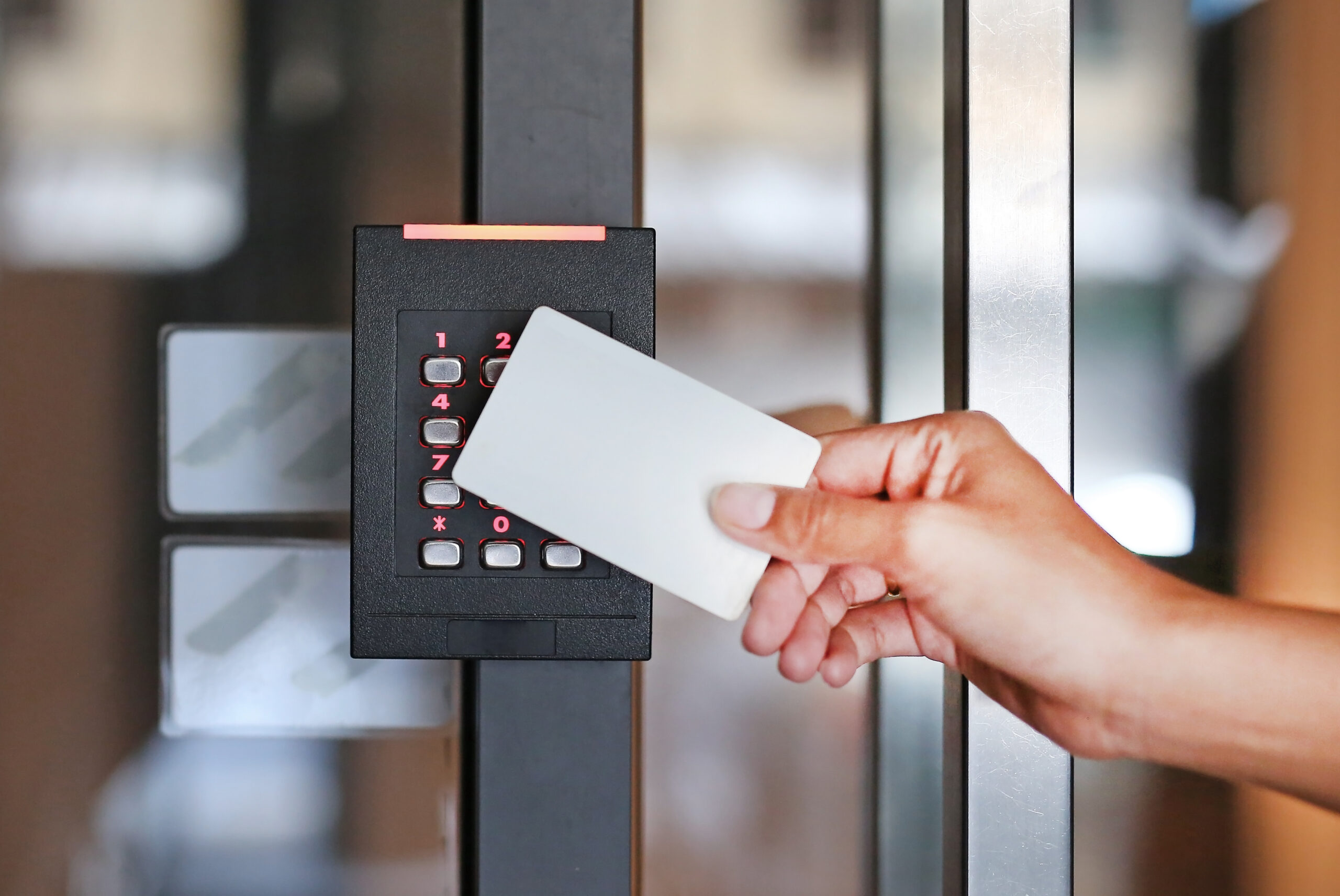
If you’re ready to strengthen your workplace security, a security assessment is an excellent place to start. A strong security assessment can identify opportunities for improvement and lead you to the most impactful layers of intentional security design.
Below, we offer six questions a security consultant may ask to better understand your security posture and lead you to a safer operating environment.
1. How will your space be used?
The very first step of a workplace security assessment is to understand how workspaces are being used. Your security consultant would want to know if there will be around-the-clock traffic through the space or if it is accessible only during business hours. Will there be a need to account for special event usage, which may require a secondary security approach? Are there certain areas, where sensitive records or high-value assets are stored, that will require restricted access?
By exploring the function of the space, a security consultant can start to get an idea of the layers of protections that may be required. An industrial facility with shift work will require a different approach to security than an office only open during business hours, and both will be vastly different than a school building that occasionally hosts community or sporting events. All may require multiple approaches to access control.
2. Who is using this space?
Understanding who will need access to your space helps a security consultant gauge the usefulness of various visitor management strategies. For example, in a corporate or industrial environments, organizations may find it useful to have staff members wear credentials. Wearing a photo ID makes it instantly clear that an individual belongs in your operating environment, even if it’s their first day on the job. In addition, many of today’s access control systems can be connected to these credentials to ensure entry to your building and interior spaces are for people who belong there,
Organizations that expect to have visitors coming into their buildings may need to consider additional layers of security such as having a video intercom station at the designated entrance to vet an individual prior to granting access. Another example may include having a visitor management software solution to manage and monitor visitor’s access to the facility. This software can also be used to track who is in a building at any given time, a feature that is helpful in the event of an emergency to ensure everyone is accounted for.
3. Are special considerations needed for securing high-value assets?
Some facilities may require specialized solutions to further restrict access to certain materials. For example, pharmacies and neighborhood clinics may require layers of technology that secure controlled substances from theft. Industrial facility may wish to restrict access to certain chemicals or expensive materials. Many businesses need solutions for safely storing cash or even sensitive documents.
4. How are you currently managing access to your facility?
Whether you’re building new or updating an existing facility, it helps your security consultant to understand the types of physical workplace security measures you’re accustomed to using. This provides a starting point from which to build new layers of security. It may also identify friction points that could be eased by adopting new technologies or updating your security approach.
Among other things, your security consultant will want to know what types of locks you use in your existing facility or other properties, as well as any alarm systems, cameras, access barriers, lighting, or other solutions. Be sure to note whether there are systems you prefer to keep using or you might be open to updating or replacing.
5. Is there certain technology your prefer or are opposed to using?
There have been many exciting advancements in security technology in recent years, but not all facilities will welcome or benefit from these advanced solutions. For example, facilities with privacy concerns may consider cameras too intrusive to put in work spaces. These facilities may benefit from surveillance at entry points, but will need a balanced approach.
Organizations have increasingly been exploring solutions that can detect weapons, gunshots, and even aggression in a person’s voice. If you are considering these types of technologies, it’s important to discuss this with your security consultant to ensure you understand the benefits. For example, weapons and gunshot detection are often used interchangeably, but there are critical differences between the two. Weapons detection systems are proactive measures that can identify the presence of a potential weapon before it is used, whereas gunshot detection systems are reactive measures that indicate shots have already been fired. Both can add value, but may benefit from integration into different solutions.
6. What is your budget?
Today’s off-the-shelf workplace security solutions can achieve a vast range of functions for an effective price. However, the real secret to saving on an effective security approach is in the installation. While in the past it was necessary to install separate intrusion detection, access control, and video management systems, today’s multi-technology sensors can perform many of these functions with fewer devices. These sensors can use the same wiring and infrastructure to deliver a range of input to a central security dashboard.
This is where a security consultant can provide tremendous value. By looking at your project holistically, they can advise on the most impactful integrations to include. This could eliminate the need to install three separate systems and reduce the cost and complexity of managing them. When solutions work well and are easy to use, your building occupants are more likely to use those systems, ensuring a positive return on your investment.
Better still, these integrated solutions can strengthen your overall building security by working together to gather information about potential threats and drive an automated response.
If you’re ready to strengthen your workplace security, CRUX can help. Contact us to explore your options.